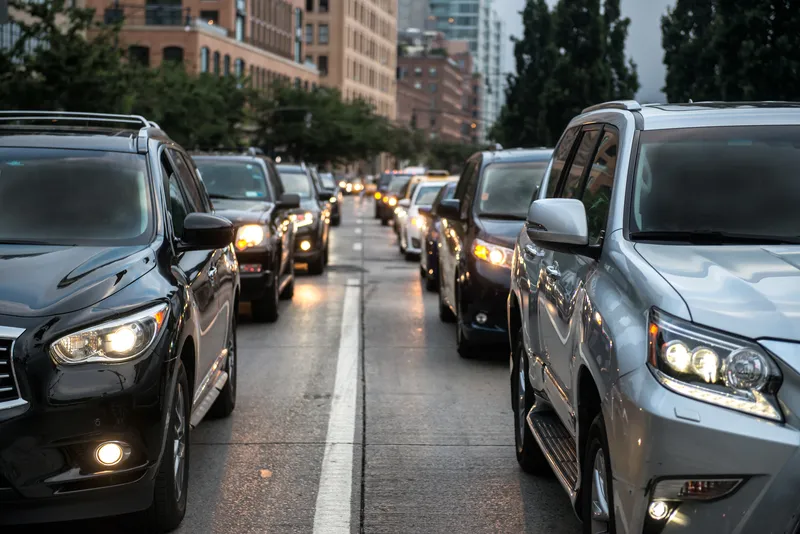North American company 4278 Pana-Pacific and 4279 Mobileye, headquartered in the Netherlands, have reached an agreement for Pana-Pacific to distribute Mobileye's ADAS (advanced driver assistance systems) solution for collision avoidance and mitigation to the commercial vehicle market. Pana-Pacific's engineers will expedite pre-wired and factory-installed options of Mobileye products with all the commercial vehicle original equipment manufacturers while its aftermarket sales team will market Mobileye to all the heavy-duty truck dealerships in the US and Canada.
"The visibility the Mobileye collision avoidance and mitigation product provides the end-user is invaluable, we look forward to helping facilitating safer trucks," said John Trenberth, president of Pana-Pacific.
Mobileye's vision based platform, which has been integrated into the vehicles of manufacturers including 1731 BMW, 948 General Motors and 609 Volvo among others, works as a third eye, analysing the risk of forward collision, lane departure, headway, following time, excessive speed and pedestrian hazards in real time and issuing visual and audio alerts to improve safety by helping drivers avoid accidents.










